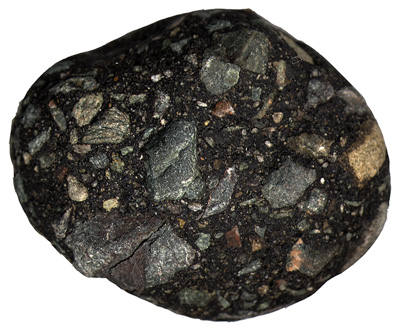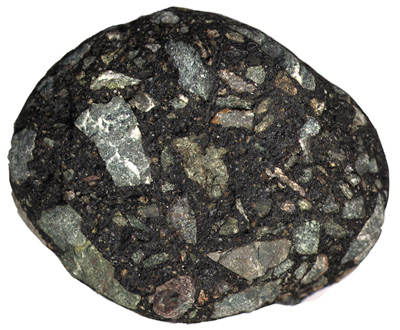 |  |
A S P H A L T P.J.M. Larrañaga introduction
verse includes informal bibliographic survey
The modern dustless, glistening road surface is a thing of beauty helping the road to attain a still higher destiny. A well-paved asphalt road is the greatest missionary of civilisation at our disposal to-day. Drive an asphalt road through a slum and watch the dirt and shabbiness disappear gradually! The surface sets a standard of cleanliness which eventually becomes respected, it sets a standard of beauty which eventually drives houseowners to cleaning, repainting or rebuilding their houses. The neighborhood becomes more desirable, estate values rise, more prosperous people move in, emulation sets to work—the former slum disappears. In the development of real estate the laying of beautiful asphalt-paved streets is the surest method of obtaining a certain and ample return for the effort. It also assures prospective property buyers that after settling the deal they shall not be called upon to make heavy disbursements or pay heavy rates towards street paving and road maintenance, for the have already paid beforehand an economic price to ensure these advantages. The provision of good modern sanitary highways is the greatest need of the present day. It solves many problems simultaneously. Good roads mean cheap transport of food, merchandise and labour, involving an all-round deduction in costs of production. Good roads contribute to the decongestion of over-crowded industrial areas, for the permit the establishment of factories in he country even away from railway centres. Good roads are enabling people to live once more farther and farther in the country without the feeling of loneliness and dependence on time-tables which formerly discouraged such choice of residence. With this comes an improvement in the health, standard of living and capacity for enjoyment of the people, in terms of which we must measure all material progress. Good roads are a great moral tonic and stimulant to the nation, for they beget the ambition to enjoy their benefits. People are encouraged unto greater efforts wherewith to purchase the means of enjoyment. This extends its wonderful beneficial action to the motor industry and allied trades, and if there be someone who has the least doubt, let him take a journey to the United States ! Good roads mean healthy movement, and this in turn means Life. Their absence means stagnation, filthy festering and Death ! Oh, the lessons for the traveller and the contrasts to be found from Germany to Portugal, from Canada to Greece ! With beauty, truth and sunshine, can we not truly say that modern asphalt paving drives the Devil away?
The Twentieth Century was an Age of Hygiene, symbolized, as in the above passage from P.J.M. Larrañaga's 1926 Successful Asphalt Paving, by asphalt. It commenced with tuberculosis, the Marconi wireless system, and calls to clear the aesthetic and decorative decks by Adolph Loos (Ornament as Crime), Karl Kraus, Corbusier, Malevich, the imagists. It concluded with AIDS, the disembodied intercourse of the Internet and a run on storage systems for material and virtual clutter. It was a prophylactic century of progressively atomistic nationalisms, social hygiene extending to ethnic cleansings and final solutions, and denial of its own Nineteenth Century sources. At Century's end, border patrols and antibacterial soaps, like linoleum floors and tin ceilings had earlier done, kept germs at bay. The elect traveled in SUV peace, safe from the sublime rubble of crumbling roadways, cities, civilization. The rubble itself formed just the right aesthetic background to their purposeful adventures. why asphalt ?
Larrañaga argues that it is roads – roads in general, not just the asphaltic variety – that promise to end war — ...Roads may go farther yet, they may stop all future wars. Road systems, because they are mainly and almost exclusively built with local labour and raw materials, offer little scope for foreign industrial cupidity in a narrow and intermediate sense. On the other hand, because the facilities they create are communal and unrestricted, road systems do not afford, like railway systems, much opportunity for foreign control and exploitation—and by corollary they carry neither the germ of future wars nor the remotest implication of tyranny and enslavement. Road-building is the most altruistic method of colonial development, for, in addition to its inherent efficacy, it leaves no room for suspicion by the most cynically minded that "the tail will wag the dog" and the country be exploited in the interest of the railway...
|
|
||